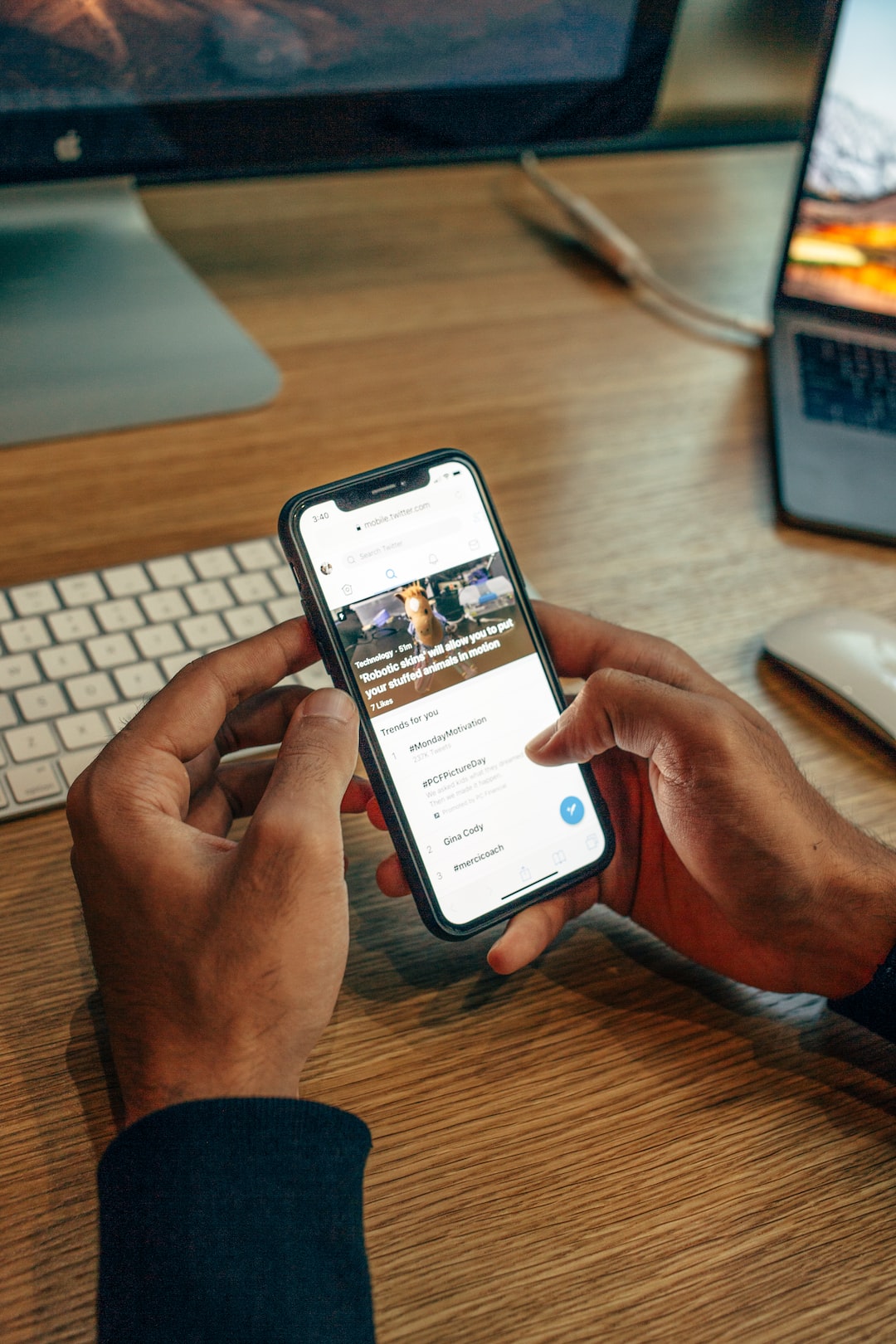The Role of Media in Shaping Beauty Standards and Body Image
In today’s modern world, it is nearly impossible to escape the influence of media. Whether it be through television, movies, magazines, or social media platforms, we are constantly bombarded with images and messages about what is considered to be beautiful. Unfortunately, these unrealistic beauty standards perpetuated by the media can have a damaging effect on our body image and overall self-esteem.
First and foremost, it is important to acknowledge that the media plays a significant role in shaping beauty standards. From a young age, we are exposed to images of flawless models and celebrities who have been airbrushed and edited to meet society’s idea of perfection. These unrealistic representations of beauty can lead individuals to develop an unhealthy perception of what their bodies should look like.
This constant exposure to perfect and unattainable beauty standards can greatly impact one’s body image. Many individuals compare themselves to the images they see in the media and feel a sense of inadequacy if they do not meet these standards. This can result in low self-esteem, body dissatisfaction, and even the development of eating disorders.
Moreover, the media also influences our perception of beauty by promoting a narrow definition of what is considered attractive. For instance, there is a tendency to favor thin, tall, and flawless individuals, especially in the fashion industry. This narrow definition excludes various body types, sizes, and ethnicities, leading to a lack of representation and diversity in the media.
Fortunately, there has been a shift towards more inclusivity and body positivity in recent years. Social media platforms have provided a space where individuals can showcase their unique beauty and challenge traditional standards. Influencers and activists are using their platforms to promote body acceptance, self-love, and compassion.
Nevertheless, despite these positive changes, it is still important to be critical of the media we consume and understand its potential impact on our body image. By being aware of the tactics used by advertisers, such as Photoshop and heavy makeup, we can develop a more realistic perception of beauty.
It is also crucial to diversify the media we consume. Support brands and publications that promote body positivity and strive for inclusivity. By encouraging and embracing a variety of body shapes, sizes, and ethnicities, we can create a more accepting society where everyone feels valued and beautiful.
Furthermore, it is essential to engage in conversations about body image and promote self-acceptance. By discussing our struggles and vulnerabilities with others, we create a support system that challenges the detrimental effects of media on our self-esteem.
Educating ourselves about the impact of media on body image can also be empowering. By understanding the motives behind the images we see, we can resist the harmful messages and develop a stronger sense of self. This can involve questioning the beauty ideals that society imposes on us and focusing on our unique qualities and strengths.
In conclusion, the media plays a prominent role in shaping beauty standards and body image. By bombarding us with unrealistic representations of beauty, the media can have a detrimental effect on our self-esteem and perception of ourselves. However, by actively engaging in critical discussions, supporting inclusive brands, and promoting self-acceptance, we can challenge these beauty standards and create a more accepting and diverse society.

